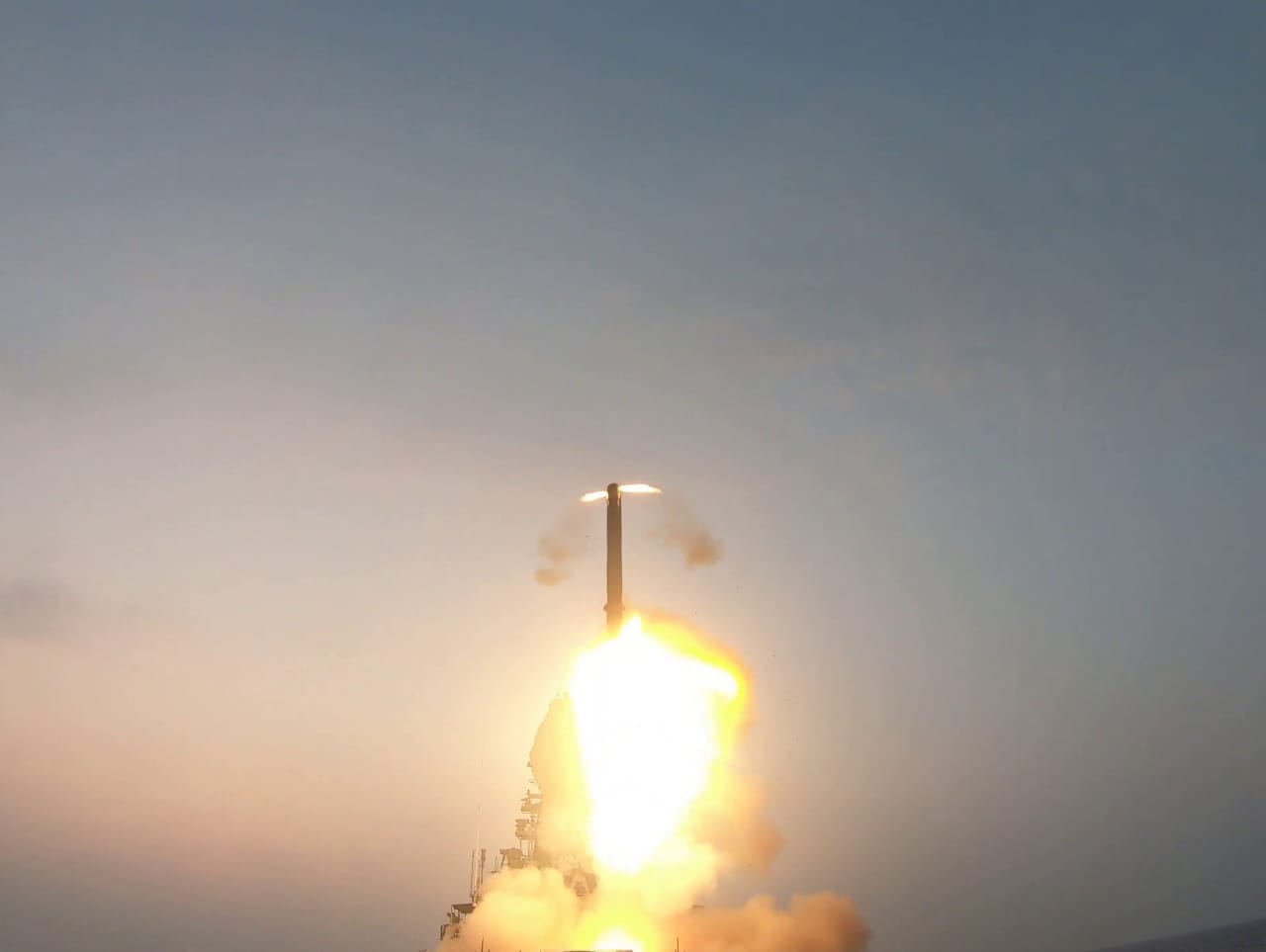In the current climate of rising tensions between the Philippines and China, attention is captivated by a powerful asset destined to elevate the archipelago’s military strength: the Indo-Russian Brahmos anti-ship missile. This powerful weapon bears the hallmark of Russian technology.
The Brahmos missile, a product of close collaboration between Russia and India, has become the focal point of discussions following the signing of a significant deal with India by the Philippines in January 2022.
This agreement entails procuring three batteries of these cruise missiles as part of the Philippine Navy’s shore-based anti-ship missile system project.
The BrahMos system will be primarily operated by the Philippine Marine Corps’ Coastal Defense Regiment, with personnel undergoing training in India to master the missile system’s operation.
Even though Manila refrains from explicitly acknowledging it, the decision to procure the world’s fastest supersonic cruise missile taken by the Philippines is unmistakably influenced by factors related to China.
This influence is particularly notable in light of the longstanding and contentious territorial disputes between the two nations over the years.
BrahMos is a joint venture between India and Russia. However, the sale of these missiles to third parties requires the unanimous approval of both nations.
India possesses a larger share of 50.5% in BrahMos Aerospace Private Ltd., while Russia holds 49.5%, seemingly implying that Moscow is a junior financial partner in the joint venture. However, it is the big brother regarding BrahMos’ technological partnership and wields a veto over potential buyers.
Russian Missiles Against China
Still, questions linger about whether Beijing, a staunch ally of Moscow, exerted diplomatic pressure to dissuade Moscow from endorsing BrahMos sales to Manila. Yet, if such efforts were pursued, they seem ineffective in influencing the outcome regarding the Philippines.
Moreover, procuring this sophisticated weapon system involving Russian participation may seem contradictory given the Philippines’ status as a treaty partner of the United States, which has been actively supporting the country to counter Chinese threats.
The significance of the US-Philippines mutual defense treaty came to the fore in October 2023 when the Philippines accused a Chinese coast guard vessel and a maritime militia boat of deliberately colliding with Filipino ships en route to resupply Philippine personnel at Second Thomas Shoal, a disputed outpost in the South China Sea.
The United States reaffirmed its commitment to defending its ally in the event of an armed attack, citing the provisions of the 1951 mutual defense treaty.
1st Batch Of Brahmos To Reach The Philippines
The BrahMos missile resulted from a collaborative effort between India and Russia, established in 1998 when Russian design bureaus faced financial constraints and required foreign currency injections to sustain operations.
The name “BrahMos” is derived from a combination of the Brahmaputra River in India and the Moskva River in Russia, symbolizing the partnership between the two nations.
Functionally, the BrahMos missile is a formidable weapon system primarily designed for anti-ship operations. It boasts versatility, capable of being deployed from various platforms, including sea, underwater, land, and air. This makes it a highly adaptable and powerful defense asset.
The Philippines is on the verge of receiving its first shipment of BrahMos supersonic cruise missiles, as stated by Shambhu Kumaran, the Indian Ambassador to Manila.
Ambassador Kumaran, while speaking to reporters during the Indian Embassy’s 75th Republic Day reception in Makati City, conveyed the ongoing efforts to expedite the delivery, expressing a commitment to the earliest possible arrival.

Despite not specifying a precise timeline, he conveyed optimism about the impending delivery.
However, Kumaran refrained from confirming a report from India’s The Economic Times, which cited an official from the Defense Research and Development Organization on Jan. 25, asserting that the export process would commence in the next ten days, with the missiles expected to reach the Philippines by March.
Acknowledging the lack of detailed information, the ambassador assured that active efforts were being made, hinting at forthcoming updates.
Reports suggest that several Southeast Asian nations, including Indonesia, Vietnam, Malaysia, and Thailand, are discussing the potential purchase of BrahMos missiles.
Much like the Philippines, the first three countries have territorial and jurisdictional claims that intersect with those of Beijing in the South China Sea. Indonesia and Vietnam have emerged as the most likely candidates for acquiring BrahMos systems next.
- Contact the author at ashishmichel(at)gmail.com
- Follow EurAsian Times on Google News




